Travel with a twist: these amazing places aren’t where you think
Where in the world?
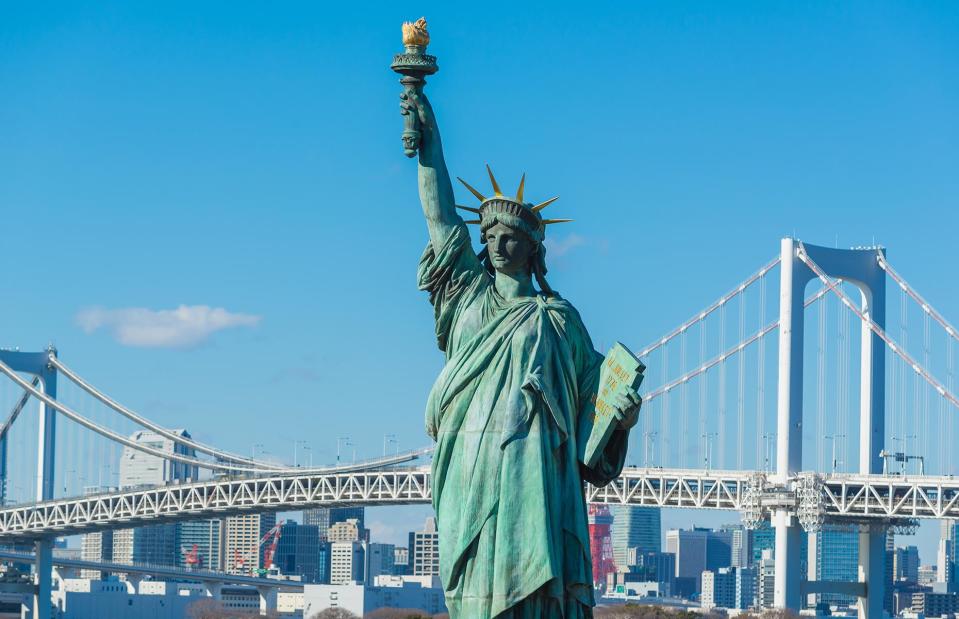
Tphatrapornnant/Shutterstock
The world of travel is brimming with unexpected discoveries. From German towns in America and British villages in China to copycat landmarks in the wrong places, these familiar sights in unlikely destinations will have you questioning where on Earth you are.
Read on to see the world's most surprising destinations...
Leavenworth, Washington, USA
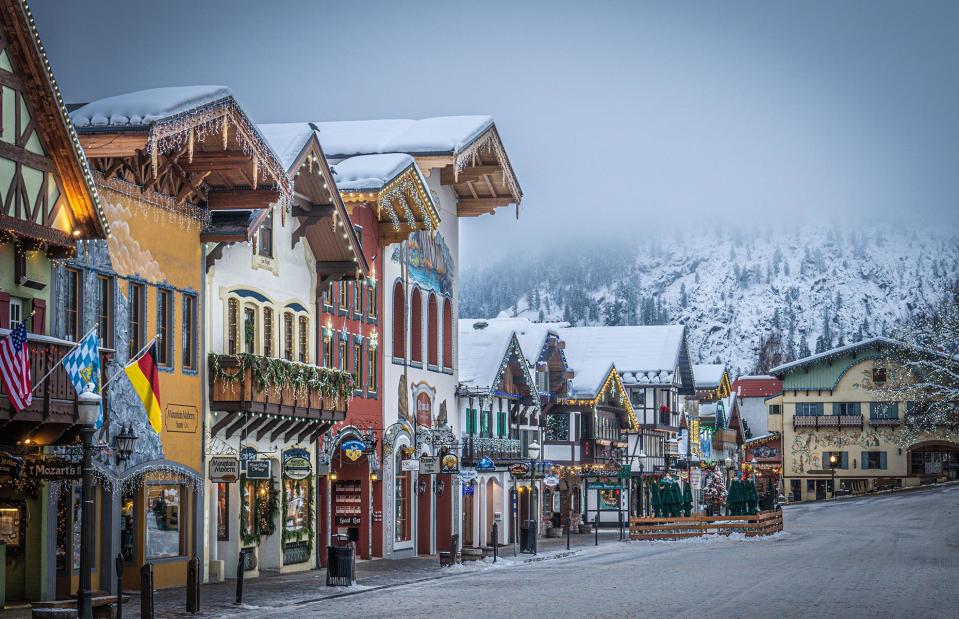
Wirestock Creators/Shutterstock
In the picturesque Cascade Mountains of Washington state lies an unexpected sight – the charming Bavarian-style village of Leavenworth. Originally home to the Yakama, Chinook and Wenatchi tribes, and later a bustling settlement for gold and timber seekers, the town faced near extinction when the railroad re-routed. In the 1960s, town leaders revitalised Leavenworth with a Bavarian theme and made it a go-to destination – it now draws over one million visitors annually who come to enjoy the authentic German cuisine, locally brewed beers, charming shops and vibrant atmosphere.
Ponte 25 de Abril Bridge, Lisbon, Portugal
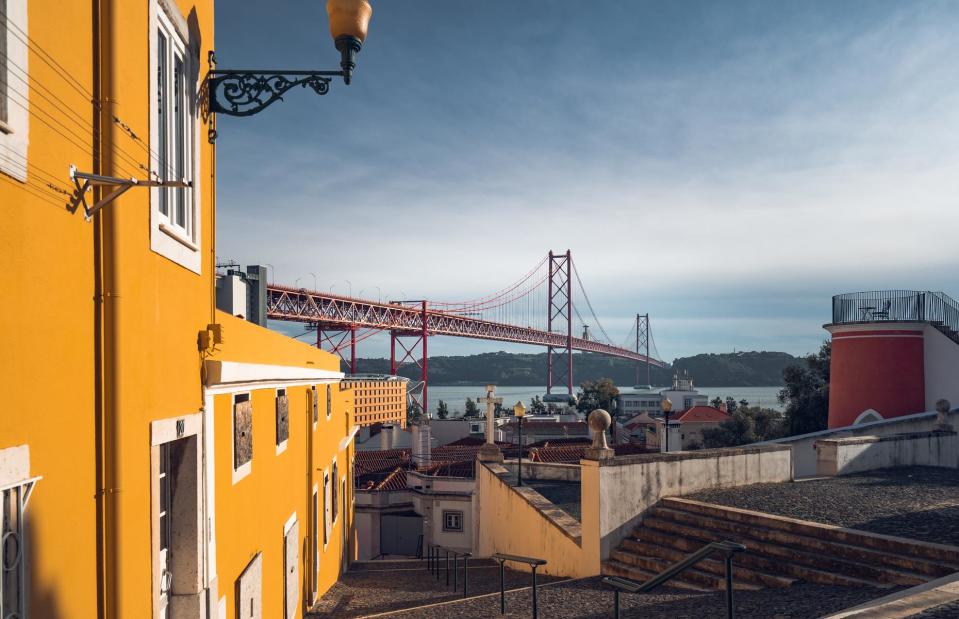
Petr Tran/Shutterstock
Hills, cable cars and even a rust-coloured suspension bridge – Lisbon has many similarities to San Francisco. This Golden Gate Bridge doppelganger straddles the Tejo Estuary, connecting central Lisbon on the north bank to the suburbs on the south bank. Known as the 25 de Abril Bridge (Ponte 25 de Abril), it's one of the city's most well-known landmarks. It was constructed by the American Bridge Company in 1966, the same company that built the San Francisco-Oakland Bay Bridge, but surprisingly not the Golden Gate.
Anantara Santorini Abu Dhabi Retreat, Abu Dhabi
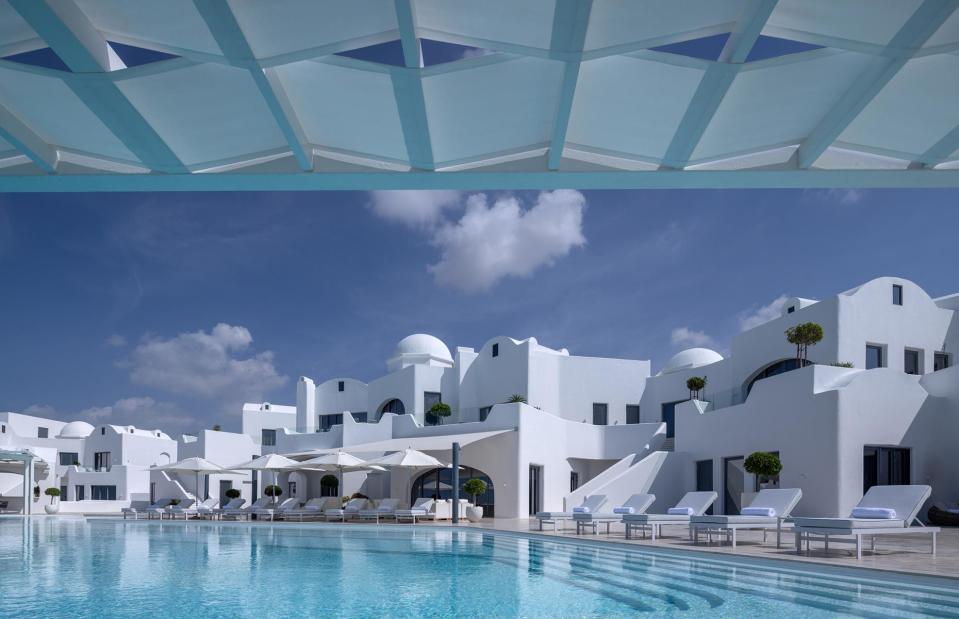
Anantara Santorini Abu Dhabi Retreat
You'd be forgiven for looking at the white, domed buildings and crystal blue waters of Anantara Santorini and assuming you'd landed in, well, Santorini. However, this luxurious hotel isn't nestled on the Greek island, but in Abu Dhabi. Divided into 22 rooms, accommodating a maximum of 44 guests at a time, the exclusive retreat features bespoke artwork, ambient music and intricate linen embroidery to create an unmistakable Mediterranean ambiance... in the United Arab Emirates.
Thames Town, Songjiang District, China
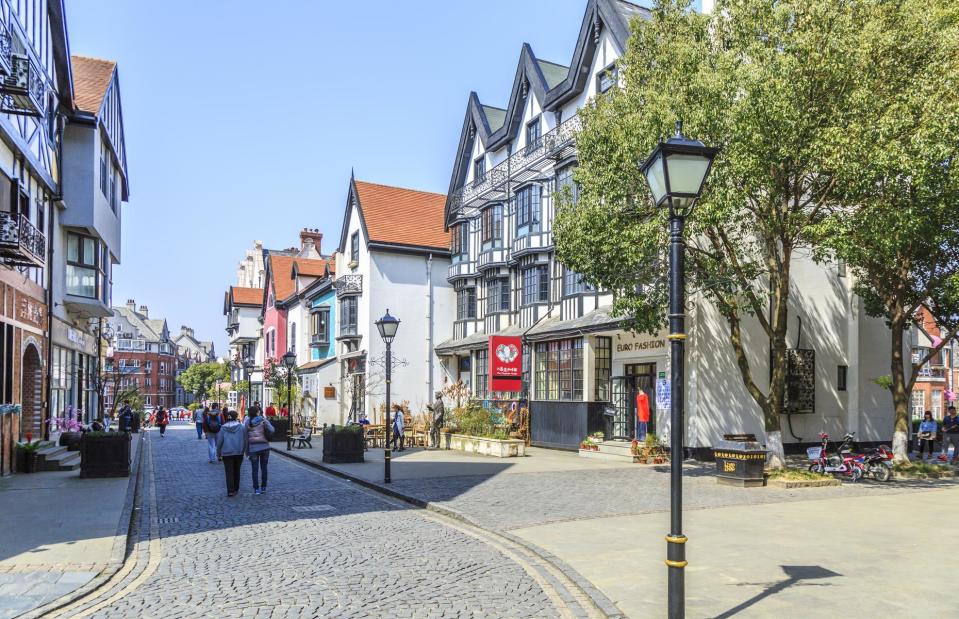
4045/Shutterstock
Complete with red telephone boxes, cobbled streets, mock-Tudor pub and a fish and chip shop, China's Thames Town has all the stereotypical features of a classic English town. It even has a Gothic-style church, which was modelled on Bristol’s Christ Church and reportedly cost ¥5 billion ($774m/£554m) to build. Due to economic problems the town’s buildings, which lie just outside of Shanghai, have been largely deserted for years, although it is still a popular location for newlyweds wanting unusual wedding snaps.
Colmar Tropicale, Pahang, Malaysia
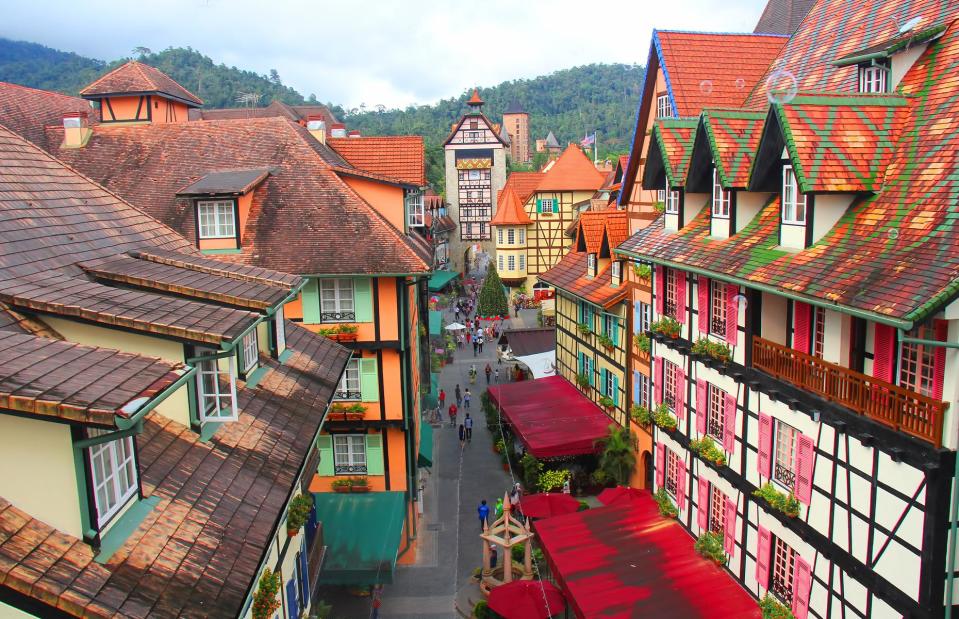
Encikcasper/Shutterstock
Half-timbered houses, cobbled streets, squares with trickling fountains, alfresco bistros and a castle with a drawbridge. This place has all the hallmarks of a medieval French village, except it's not in the lush wine-growing region of Alsace, it's in the Berjaya Hills Resort in Malaysia – and it only opened in 2000. Modelled on the quaint Alsatian city of Colmar, Colmar Tropicale is a hotel complex set in the highlands to the northeast of Kuala Lumpur.
Poulsbo, Washington, USA
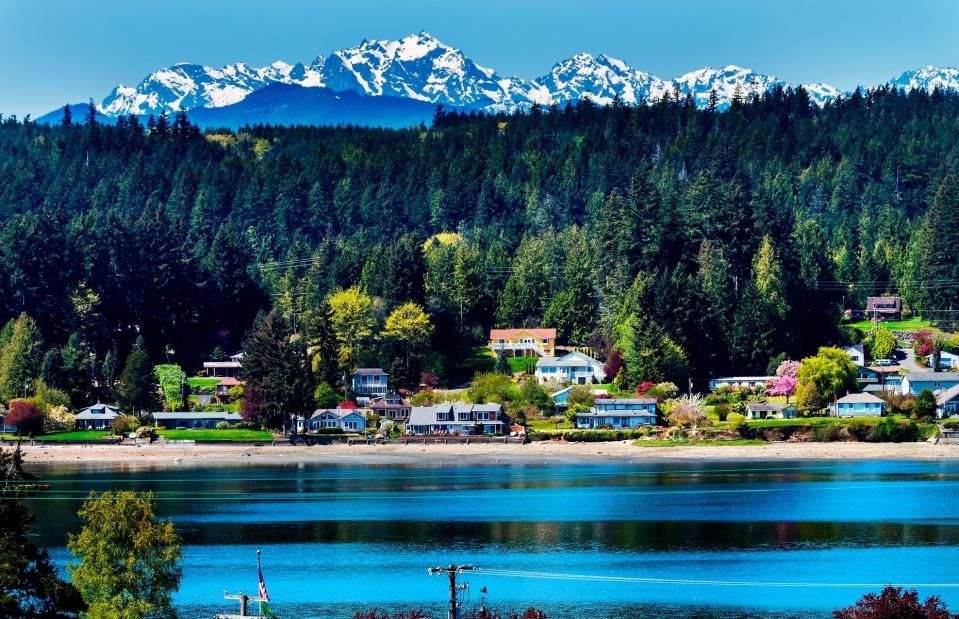
Danita Delimont/Shutterstock
It’s easy to see why Norwegian settlers were drawn to this scenic part of the Pacific Northwest, with its water and mountains reminiscent of their homeland. Known as Little Norway, Poulsbo sits on the Kitsap Peninsula overlooking Liberty Bay and has a history dating back to the 1880s when a community of Norwegians established a thriving fishing and farming settlement here. Norwegian remained the primary language of the town well into the 20th century. Today, street names, Norwegian flags, bakeries, shops and festivals all celebrate the town's Scandinavian heritage.
Holland, Michigan, USA
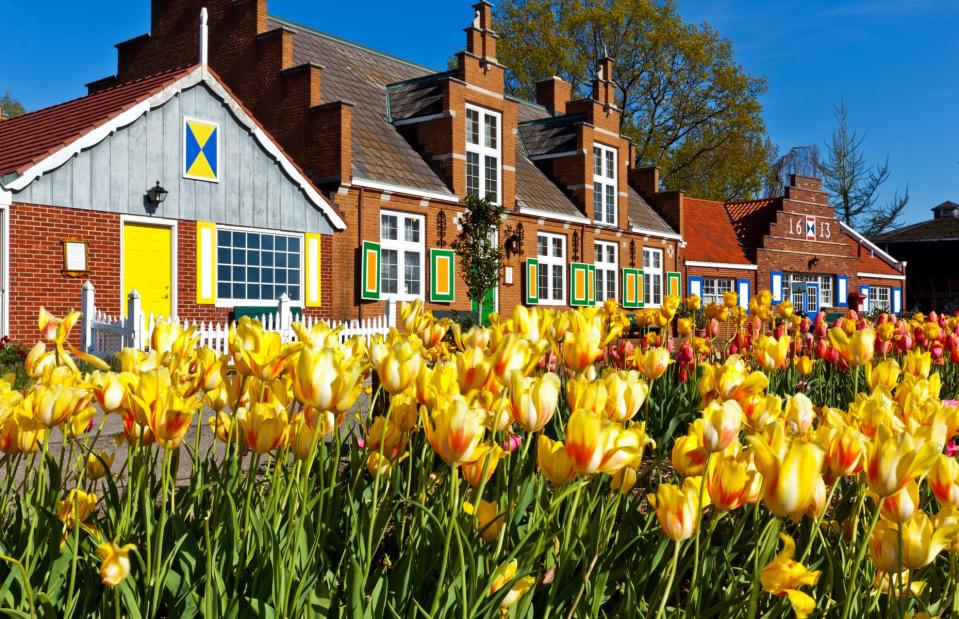
Craig Sterken/Shutterstock
Holland is a fitting name for this pretty Michigan city that has windmills, tulip fields and Dutch-style architecture as well as bona fide Dutch roots. Dutch settlers came to this area back in the 1800s and the charming place fiercely guards this aspect of its history. Famous landmarks include the Big Red Lighthouse, which sits on the shores of Lake Michigan, and De Zwaan, a centuries-old windmill found in the tulip-strewn Windmill Island Gardens. You’ll also find traditional cheese and clog-makers and beer brewers in town.
Little India, Singapore
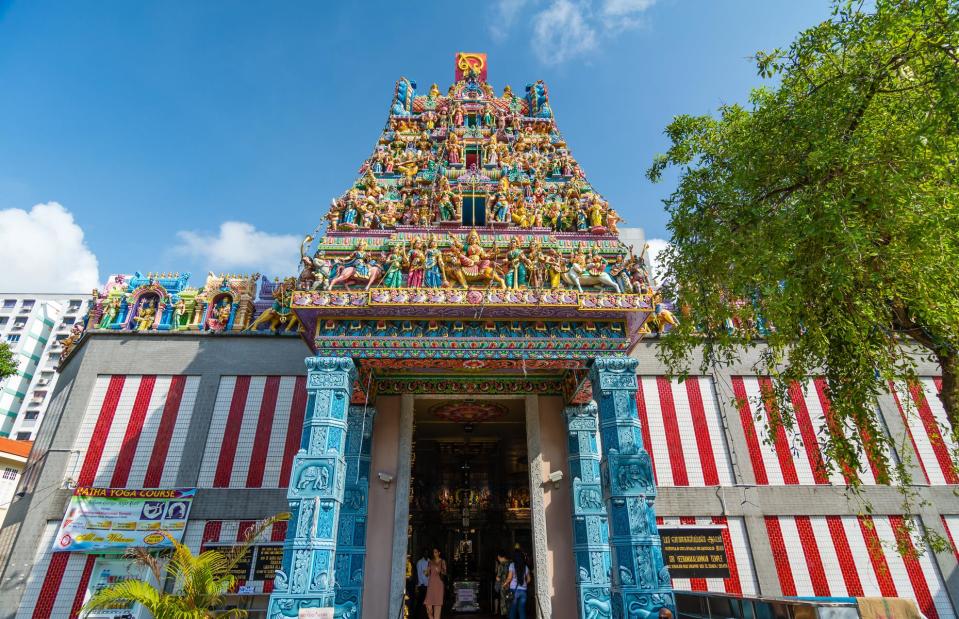
Korkusung/Shutterstock
Singapore’s colourful Little India district is packed with cultural and religious landmarks along with a plethora of Indian businesses and restaurants. The area, which is concentrated around Serangoon Road, Sungei Road and Jalan Besar, developed organically as the heart of Singapore’s Indian community in the mid-1800s – it was a hub for cattle trading which drew in workers from the sub-continent. Now a conservation area, notable sights include Sri Veeramakaliamman Temple, one of Singapore’s oldest Hindu temples.
Helen, Georgia, USA
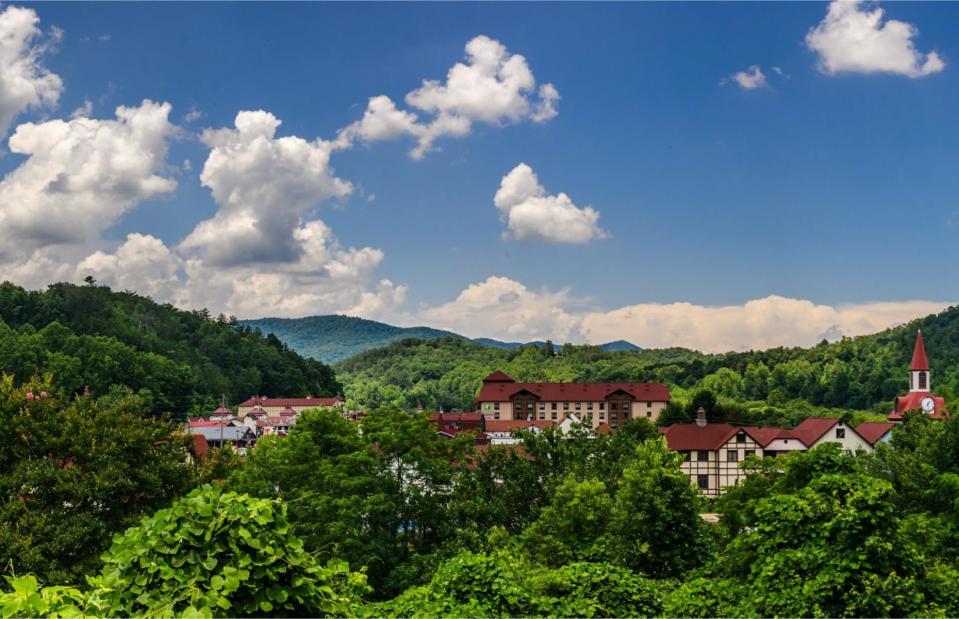
Jeffery L Willis/Shutterstock
With half-timbered houses, cinnamon-scented bakeries and a year-round Christmas shop, Helen has lashings of Germanic charm. However, the self-styled Bavarian town lies in Georgia’s Blue Ridge Mountains, along the banks of the Chattahoochee River. The town’s connection to southern Germany is tenuous – the concept was cooked up by local businessmen in the 1960s as a way to get tourists to linger, with some similarities seen between its mountain valley setting and Bavaria.
Castello di Amorosa, California, USA
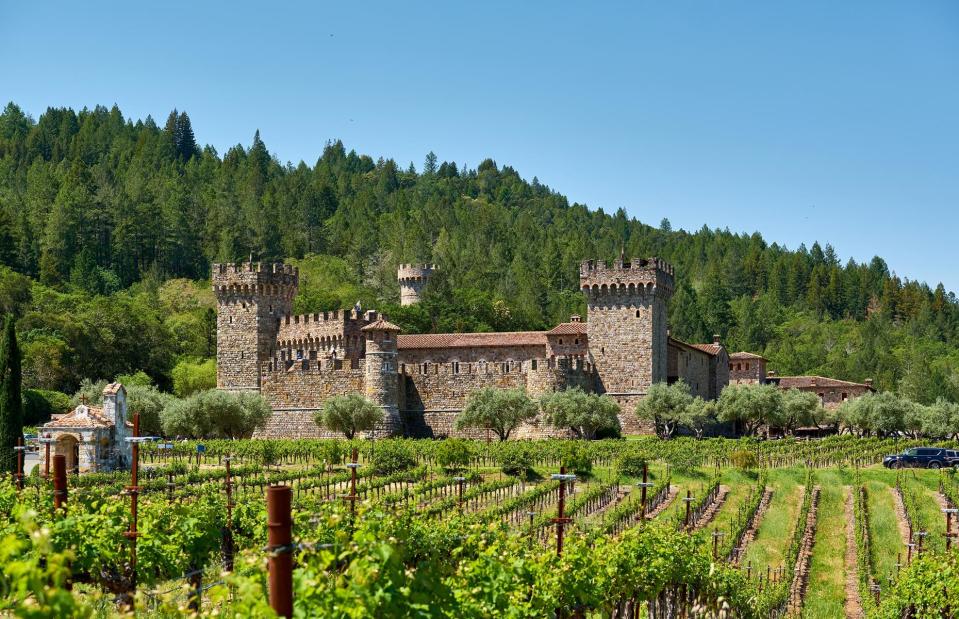
haveseen/Shutterstock
Rising up above neat rows of vines under a piercing blue sky, this majestic castle is surely in Italy's wine growing regions, right? Wrong. It's actually in California's Napa Valley. Inspired by the medieval fortresses of Tuscany, Castello di Amorosa was the brainchild of Dario Sattui, the great-grandson of one of the Bay Area’s pioneering wine growers and sellers, and only opened in 2007. He took great pains to ensure the castle was as authentic as possible, with more than 8,000 tonnes of hand-chiselled local stone and nearly one million antique bricks imported from Europe to complete it.
Tabernas desert, Almeria, Spain

Alex Tihonovs/Shutterstock
The badlands of Almeria in Andalucia will look extremely familiar to fans of old movies. They were used as a filming location for many well-known classics, most notably Sergio Leone’s spaghetti westerns starring Clint Eastwood. With its dry and dusty hills, sandstone cliffs, large gullies and cacti, at times Europe’s only desert feels more Wild West than America's real Wild West. It’s possible to step back into the pictures at Oasys MiniHollywood, a Spanish western-styled theme park that has some of the old film sets.
Royal Pavilion, Brighton, England, UK
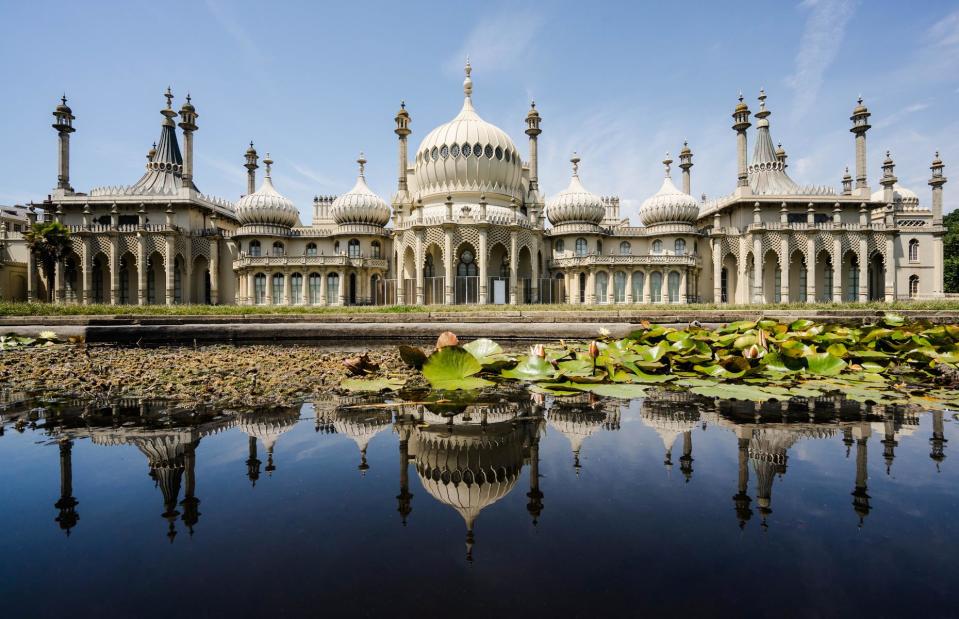
Patchamol Jensatienwong/Shutterstock
Built as a pleasure palace for King George IV in the late 17th century, this opulent Indian-style residence has become one of the city’s best-known landmarks. But anyone not familiar with Brighton will find the sight startling. Architect John Nash was commissioned by the extravagant Prince Regent in 1815 to transform his original and comparatively modest seaside abode, known then as the Marine Pavilion, into a magnificent palace. The Royal Pavilion was later sold to the town in 1850 by the rather less lavish monarch Queen Victoria.
Solvang, California, USA
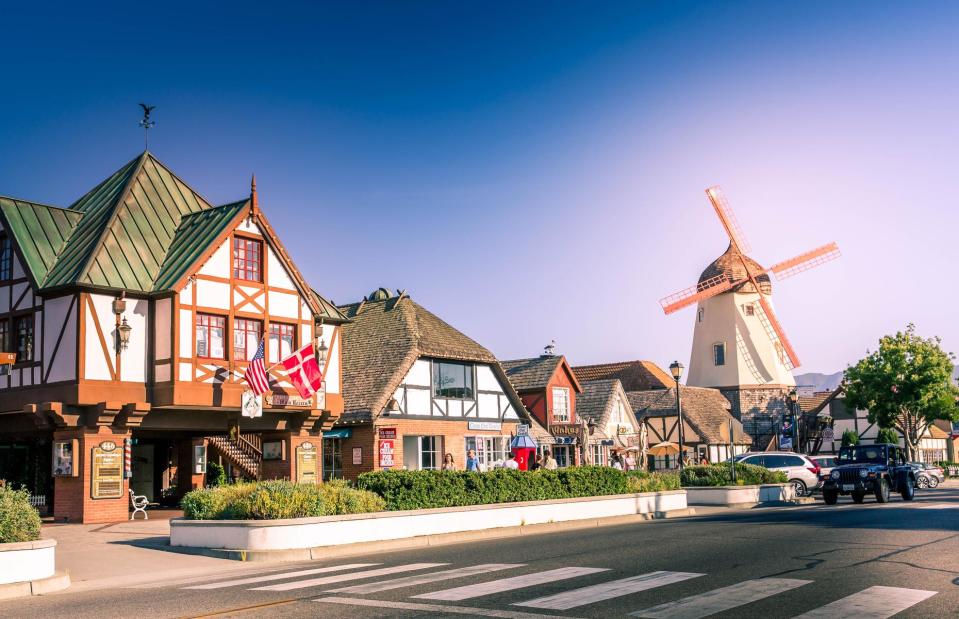
Valeriya Zankovych/Shutterstock
Founded by Danish-American settlers from the Midwest in 1911, Solvang in Santa Ynez Valley has lashings of old European charm. Translating as 'sunny field', it's certainly a bright place with pretty windmills, flower-filled streets and Danish-style architecture, which includes a replica of Copenhagen's famous 17th-century Rundetaarn (round tower). This Little Denmark also has bakeries selling all manner of traditional pastries – the aebleskiver (pancake balls) are a speciality – and the town celebrates its heritage every September at the lively Solvang Danish Days festival.
Portmeirion, Wales, UK
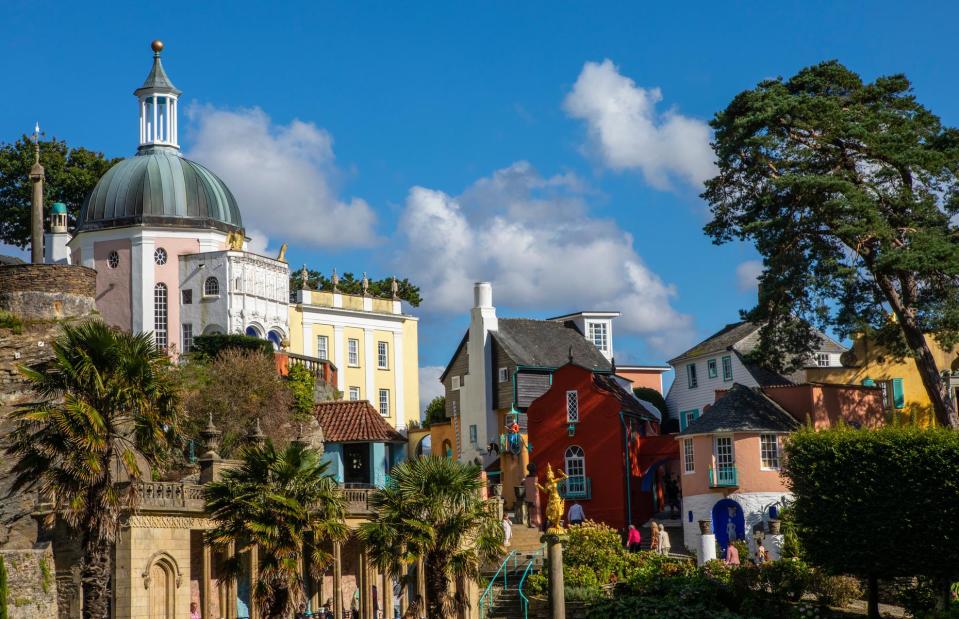
Chrisdorney/Shutterstock
This elaborate Italianate village in north Wales was the whimsical creation of architect Sir Clough Williams-Ellis and built on a pretty peninsula on the Snowdonian coastline between 1925 and 1976. Its colourful Portofino-inspired buildings sit among exotic gardens and sandy beaches which are punctuated by quaint cafes and restaurants. There's even a gelateria (Italian ice cream parlour) for those with a sweet tooth.
Macau, China
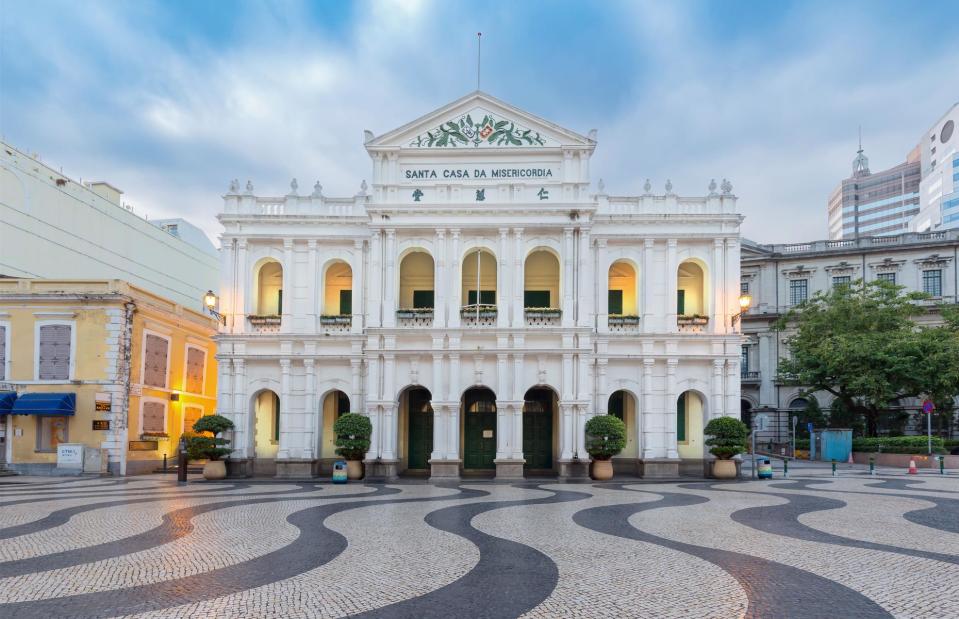
Nussar/Shutterstock
Macau was a Portuguese colonial settlement for over 400 years before it was returned to China in 1999, so the European influences here are less surprising than in other places. You'll find pastel-coloured Baroque churches and pasteis de nata (custard tarts) served in bakeries. The UNESCO-listed Centro Historico de Macau is stuffed with beautiful European buildings that wouldn’t be out of place in Lisbon’s historic streets, sitting alongside heritage Chinese buildings.
Colonia Tovar, Aragua, Venezuela
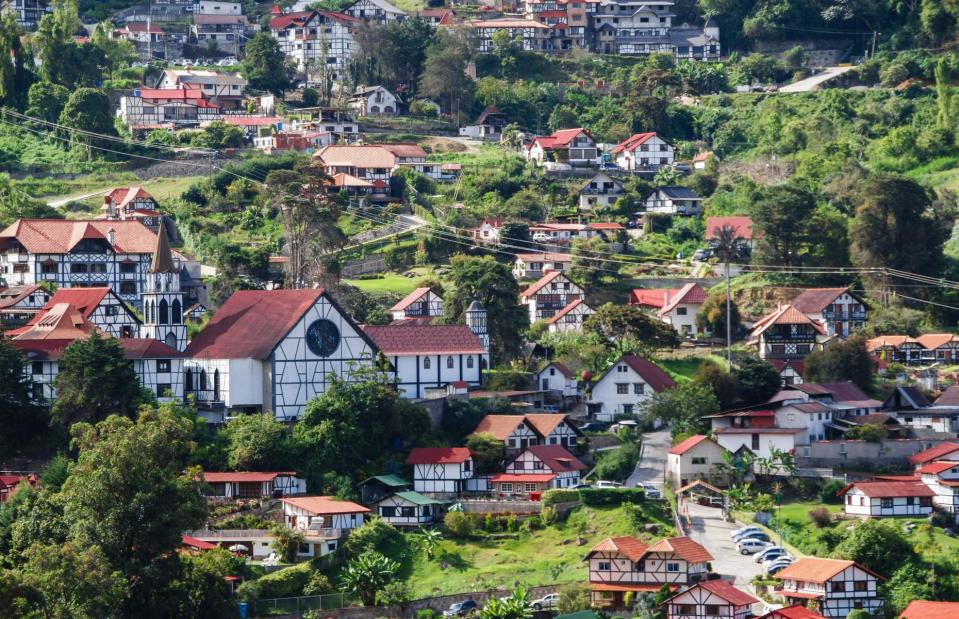
Amagox/Shutterstock
Surrounded by lush tropical forest, this isolated mountain community was founded by immigrants who arrived in Venezuela from the Black Forest in 1843. They set about creating homes, churches and restaurants drawing on the traditions of their homeland. Today the town is an intriguing mix of German and Venezuelan culture. The central wood-beamed church is said to be based on St Martin’s church in Endingen, southwest Germany. Unsurprisingly, this geographical oddity, dubbed the 'Germany of the Caribbean', has become an intriguing tourist attraction.
Patagonia, Argentina
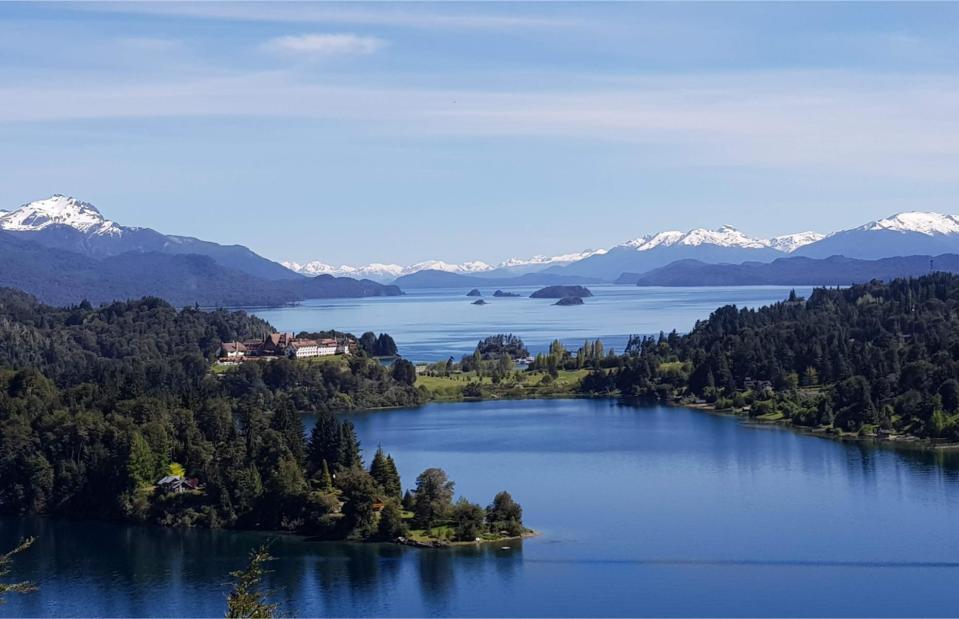
Rodri Carlen/Shutterstock
Snow-capped mountains, green valleys, lakes, Welsh Protestant chapels and tea rooms selling bara brith (fruit bread) – if you squint you could definitely be in Snowdonia. Especially when you spot the Y Ddraig Goch (red dragon flag) fluttering and Welsh-language street signs. However, this is far away from the Welsh valleys and instead in a remote part of Argentina’s Patagonia. Around 50,000 Patagonians claim Welsh heritage, stemming from 153 settlers who sailed across the Atlantic in 1853. Located in the Chubut Province, the main towns with deep-rooted Welsh connections are Trevelin, Esquel, Trelew, Gaiman and Puerto Madryn.
Paronella Park, Mena Creek, Queensland, Australia
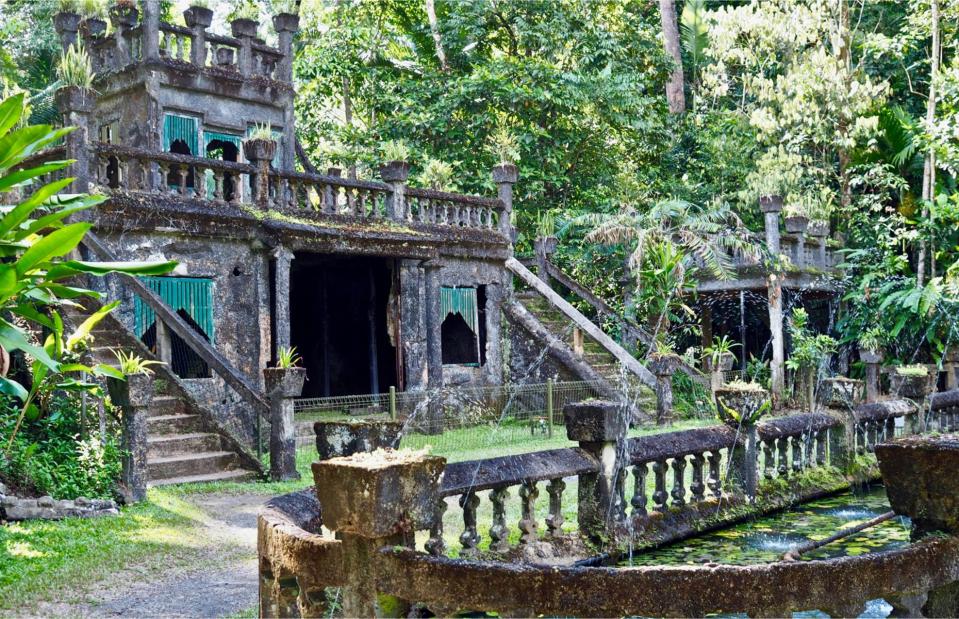
Elmo Lee/Shutterstock
Are you in Barcelona? Mexico? Peru? Nope, you’re in tropical north Queensland. This Spanish-style castillo, now mostly in ruins, was built by Jose Paronella, a Catalonian who came to Australia in 1913 to work in the sugar cane fields, eventually amassing wealth by buying and selling farms. He first spotted this patch of virgin scrub along Mena Creek in 1914, buying it in 1929 for £120 ($152) with a dream of building a castle and pleasure gardens. It opened to the public in 1935.
La Cumbrecita, Cordoba, Argentina
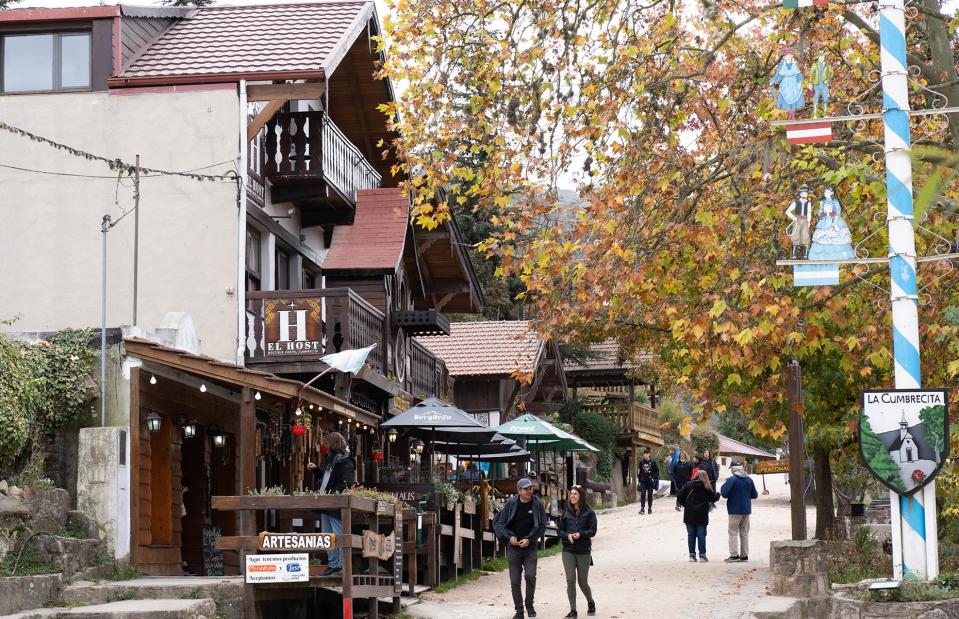
Plex-y/Shutterstock
Another incongruous slice of Deutschland can be found in the mountains near Cordoba in Argentina. The pedestrian-only La Cumbrecita was the brainchild of Helmut Cabjolsky and his family, who moved from their native Berlin to Buenos Aires in the late 19th century. In the 1930s they happened upon this uninhabited valley and bought the land. Missing the forested mountains of home, they planted hundreds of spruce and pine trees and set about building wood-beamed cottages and alpine-style lodges reminiscent of their homeland. Today around 1,000 people call La Cumbrecita home.
St Michael’s Mount, Cornwall, England, UK
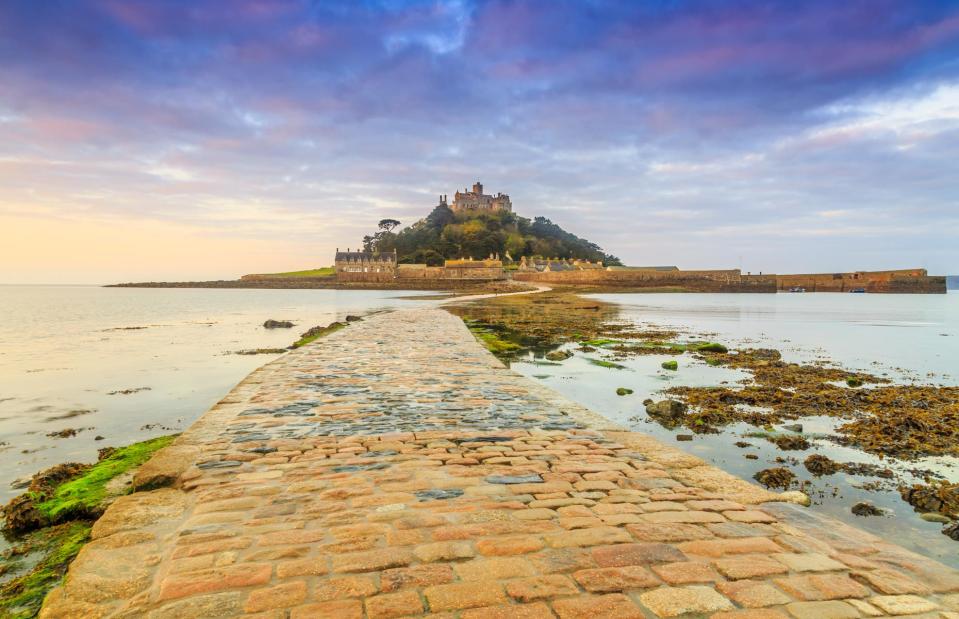
Murray Golder/Shutterstock
Lying on a tidal island at the end of a man-made causeway off Marazion in Mount’s Bay is a spectacular medieval castle. While Cornwall’s island castle doesn’t have the same fame as France's Mont St Michel, the similarities are striking. The Cornish castle we see today was built on the site of a Benedictine priory founded by Edward the Confessor in the 11th century, which had links to Mont Saint Michael. It’s been the ancestral home of the St Aubyn family since the mid-17th century.
Shetland, Scotland, UK
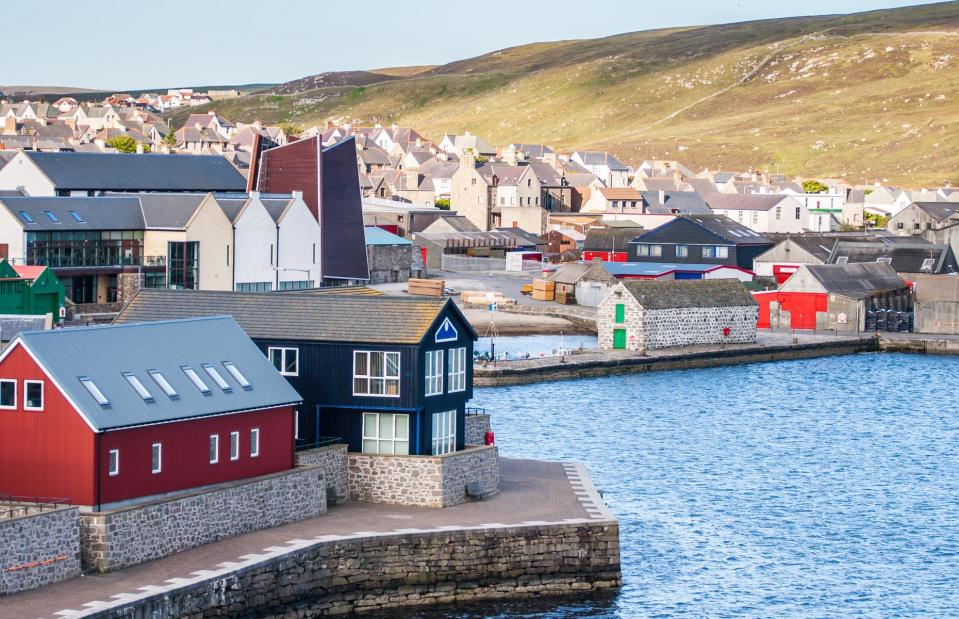
Aiaikawa/Shutterstock
Shetland is a deeply fascinating place. Once a Viking stronghold, the Norse influence runs deep in this remote archipelago, evident in its place names (around 95% have roots in the Old Norse language), dialect, Viking settlements and famous Up Helly Aa fire festivals. The colourful wooden buildings that dot the harbour of Lerwick and town of Scalloway also have a distinct Faroe Island feel about them.
Corfu Old Town, Greece
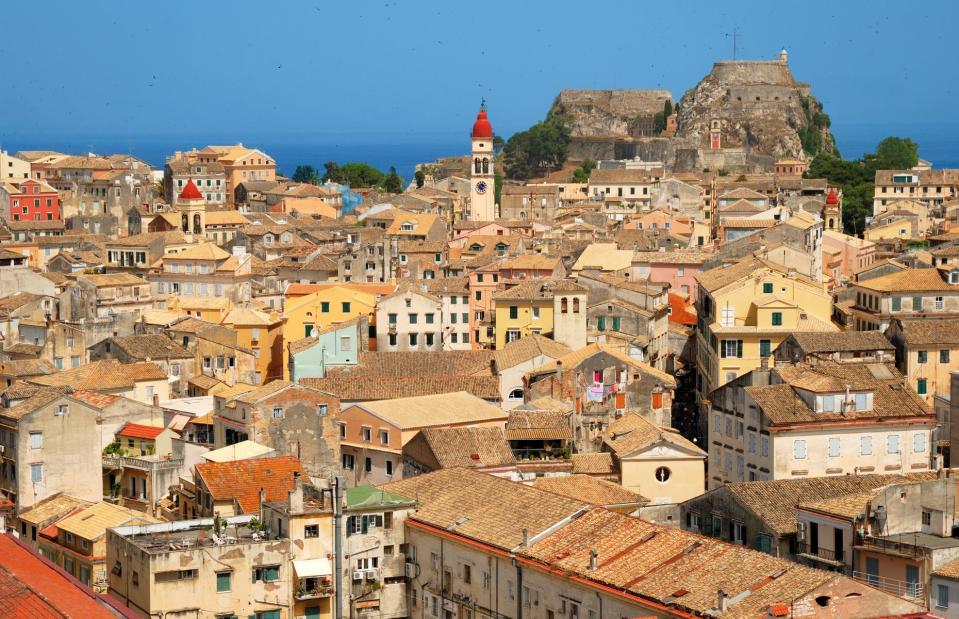
Balounm/Shutterstock
Controlled by the Republic of Venice from the 14th to 18th century, the Venetian influence on Corfu has been enduring, from its olive groves and distinctly Italian-influenced cuisine to the architecture of its old town (known as Kerkyra). You won’t find typical Aegean, white-washed buildings here – instead, Venetian fortresses guard its harbour and pastel-coloured mansions and municipal buildings dot the labyrinthine streets. Other incongruous sights tell of the island's time under French and British rule – the colonnaded Liston Arcade, which was modelled on the Rue de Rivoli, and Spianada Square’s cricket green and Victorian bandstand.
Puducherry, India
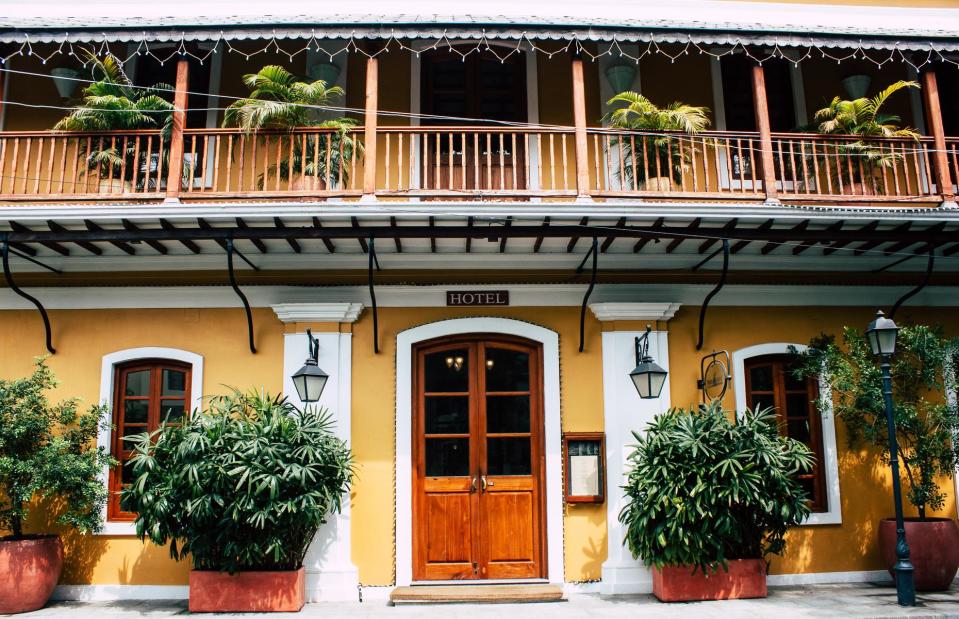
Jose HERNANDEZ Camera 51/Shutterstock
The southern Indian city of Puducherry (or Pondicherry as it’s still mostly known) lies on the coast of Tamil Nadu. Known as the Riviera of the East, the port city remained a French colony until 1954. Today its French Quarter retains its Gallic charm with 18th-century mansions, elegant tree-lined avenues and pretty Catholic churches.
Willemstad, Curacao
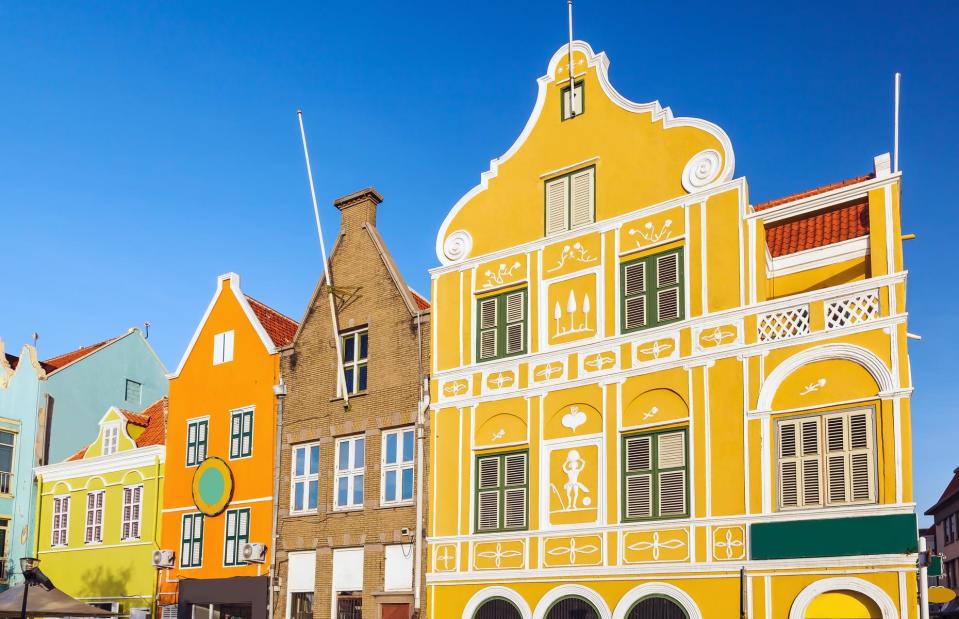
Emperorcosar/Shutterstock
With colourful gabled houses, waterways and windmills, Willemstad has more than a whiff of the Netherlands about it. The waterside city was established by the Dutch in 1634 on the southern coast of Curacao. It was the capital of the five-island Netherlands Antilles until 2010 when the Caribbean island became a separate country within the Kingdom of the Netherlands. Today Curacao's handsome centre is a UNESCO site, described as “an exceptionally well-preserved example of a Dutch colonial trading settlement”.
Casa Loma, Toronto, Ontario, Canada
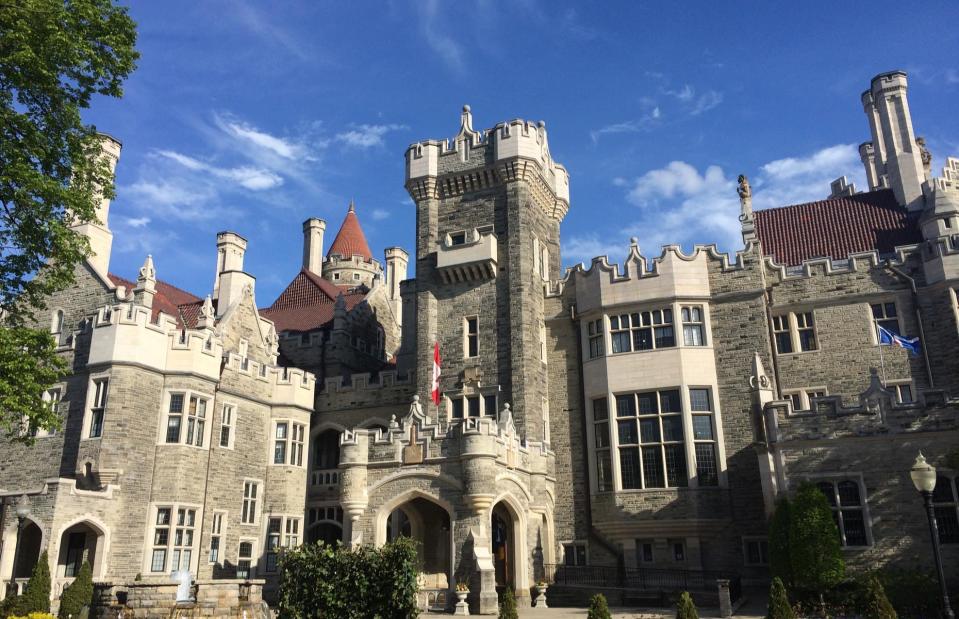
Lithuaniakid/Shutterstock
Despite its Italianate name, this imposing Gothic-style castle (all towers and battlements) should by rights be nestled in the brooding highlands of Scotland. Instead it's in bustling midtown Toronto and is one of the city's most famous landmarks. Casa Loma was originally built for wealthy businessman Sir Henry Pellatt between 1911 and 1914 as an ostentatious home riddled with secret passages and stuffed with priceless art. Today it's open to the public.
Swellendam, Western Cape, South Africa
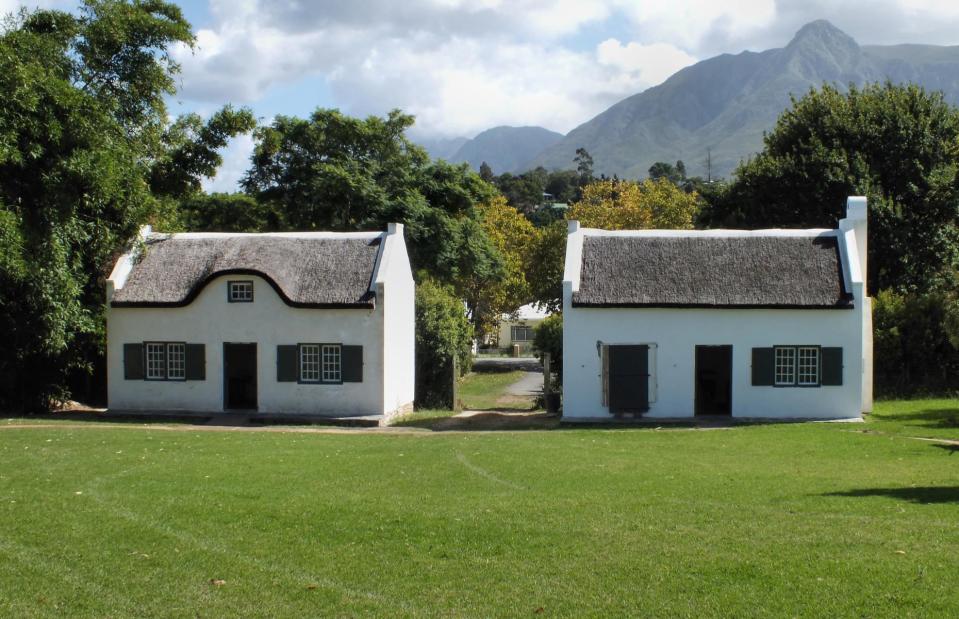
Bildagentur Zoonar GmbH/Shutterstock
Cape Dutch architecture abounds in South Africa’s Western Cape province, a distinct style that stems from the Dutch settlers who arrived here in the 17th century. Some of the country's oldest settlements, including Cape Town, Stellenbosch, Franschhoek and Swellendam (pictured), have plenty of historic houses and churches that show clear Dutch heritage. Pictured here is the white-washed Drostdy Museum, one of the country’s oldest buildings that was built in 1747 as a residence and official headquarters for the Dutch East India Company.
The Parthenon, Nashville, Tennessee, USA
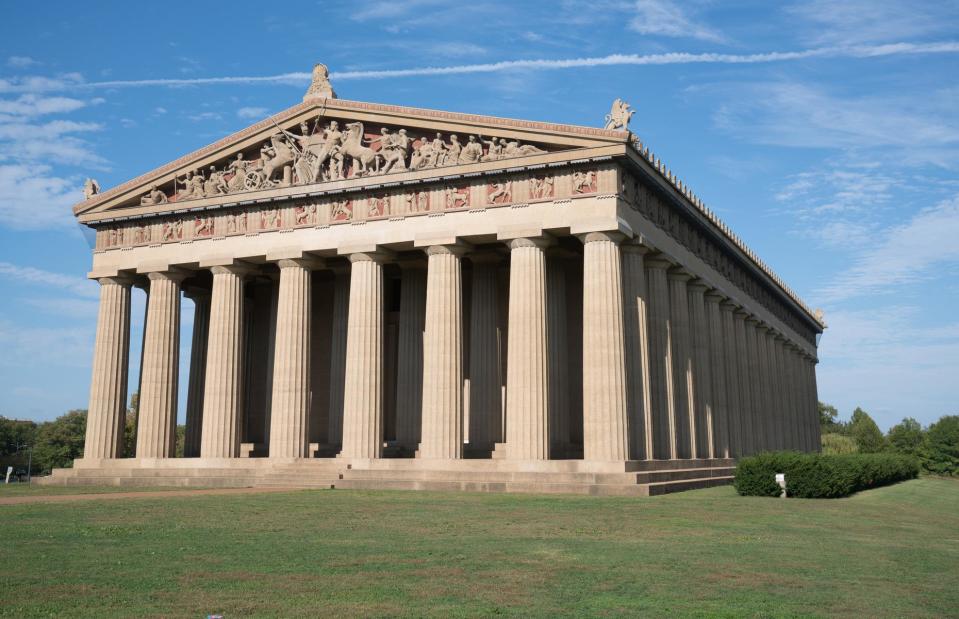
Paul Brady Photography/Shutterstock
In Nashville's Centennial Park sits a full-size replica of Rome's Parthenon. Constructed in the late 19th century, it was originally intended as a temporary structure to mark Tennessee’s Exposition in 1897 but it was so popular it stayed. As replicas go, it’s pretty meticulous – the plaster copies of the Elgin Marbles were cast from the originals and there’s a 42-foot (13m) high sculpture of Athena covered in gold leaf. However, the building is made from concrete, unlike the original, which was marble. Today, the mighty monument houses an art gallery.
Suzhou, Jiangsu, China
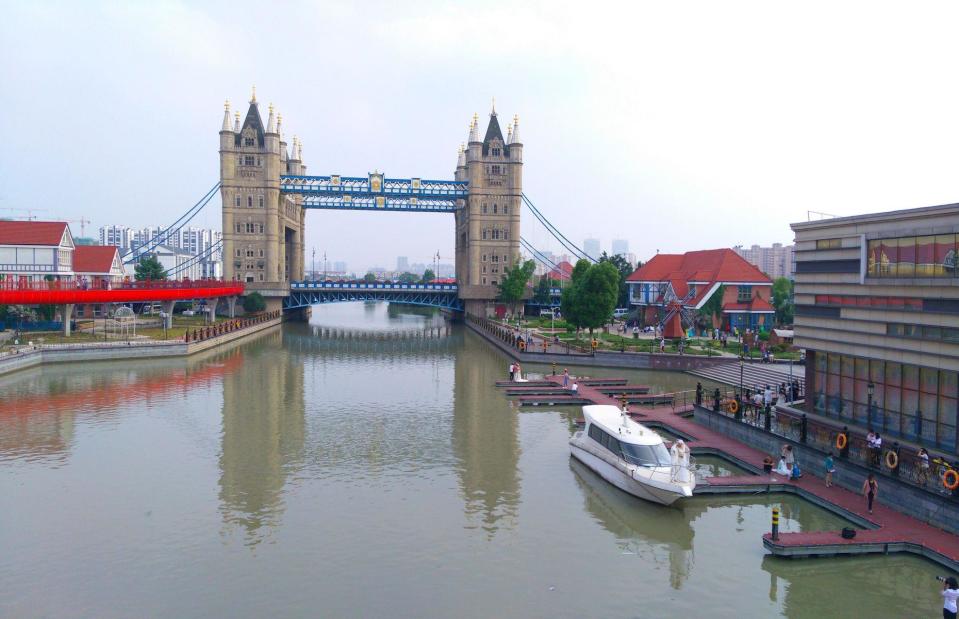
song songroov/Wikimedia Commons/CC BY 3.0
Another copycat European landmark can be found in the city of Suzhou in China's Jiangsu province. While impressive, this version of London's Tower Bridge isn’t quite identical – with twin towers at each end and no raising mechanism. There are many more geographically confusing sights in this historic city, which is known for its network of picturesque canals, including replicas of the Sydney Harbour Bridge and Paris' Pont Alexandre III, along with Venetian and Dutch-style villages.
Brighton Bathing Boxes, Brighton, Victoria, Australia
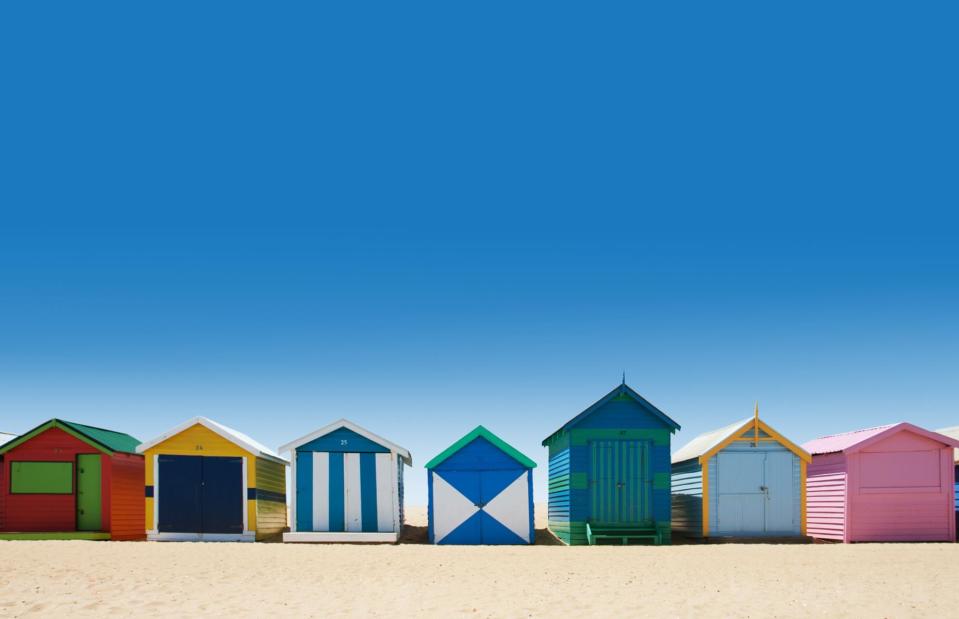
Creativa Images/Shutterstock
The brightly coloured beach huts or 'bathing boxes' lining Melbourne's Brighton Beach are a city icon. But for many, these stalwarts of the English seaside are an unusual sight in the southern hemisphere. Built in the mid-19th century to preserve bathers' modesty, the pretty huts showcase typical Victorian architectural features (timber framing, weatherboards and corrugated iron roofs) and are heritage-listed. The huts are licensed for use to Bayside residents only by the council.
Replica Taj Mahal, Burhanpur, India
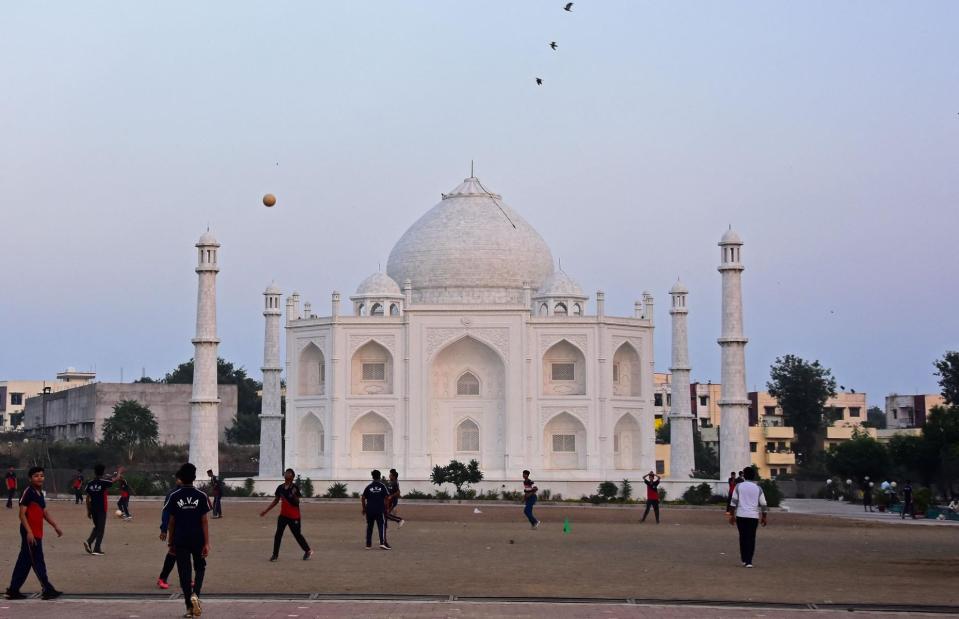
UMA SHANKAR MISHRA/AFP via Getty Images
At first glance, this building looks remarkably like the Taj Mahal, a 17th century mausoleum in the northern Indian city of Agra. But it’s actually a replica, located hundreds of miles away from the real deal. Built by businessman Anand Prakash Chouksey for his wife, Manjusha Chouksey, in the central Indian city of Burhanpur, the impressive copycat building serves as the couple’s home. It uses 3D images of the Taj Mahal and cost around 20 million rupees ($260k/£199k) to build.
Odaiba Statue of Liberty, Tokyo, Japan
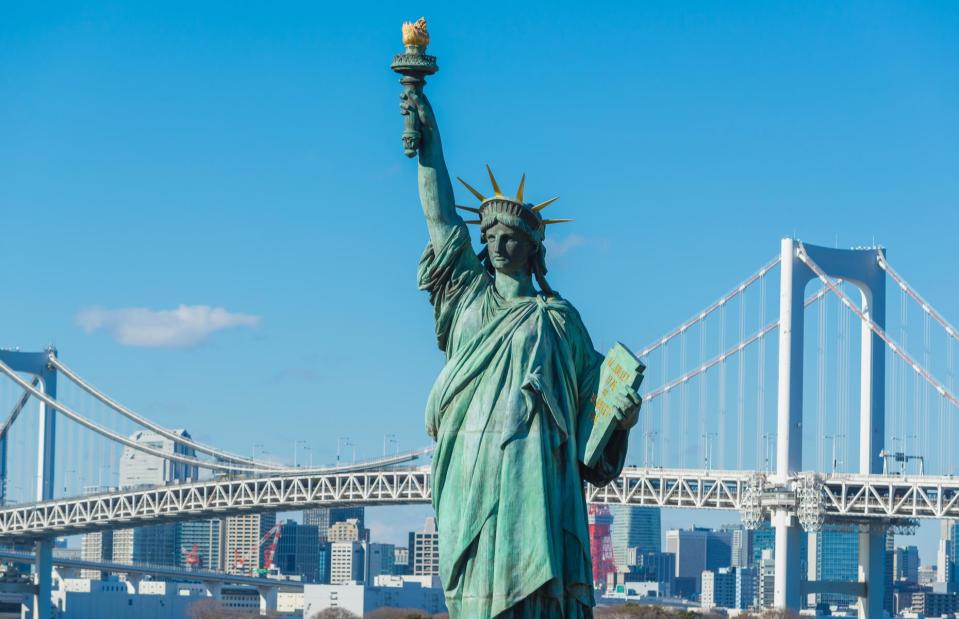
Tphatrapornnant/Shutterstock
Originally a temporary monument as a symbol of Japanese-French relations during ‘The French Year of Japan’ in 1998, Tokyo’s replica Statue of Liberty became a permanent fixture in 2000. While it looks impressive towering over Odaiba Marine Park in front of the Rainbow Bridge, Tokyo’s version is just 39 feet (12m) high compared with the original statue which stands at 305 feet (93m) tall from the base to the tip of the torch.


